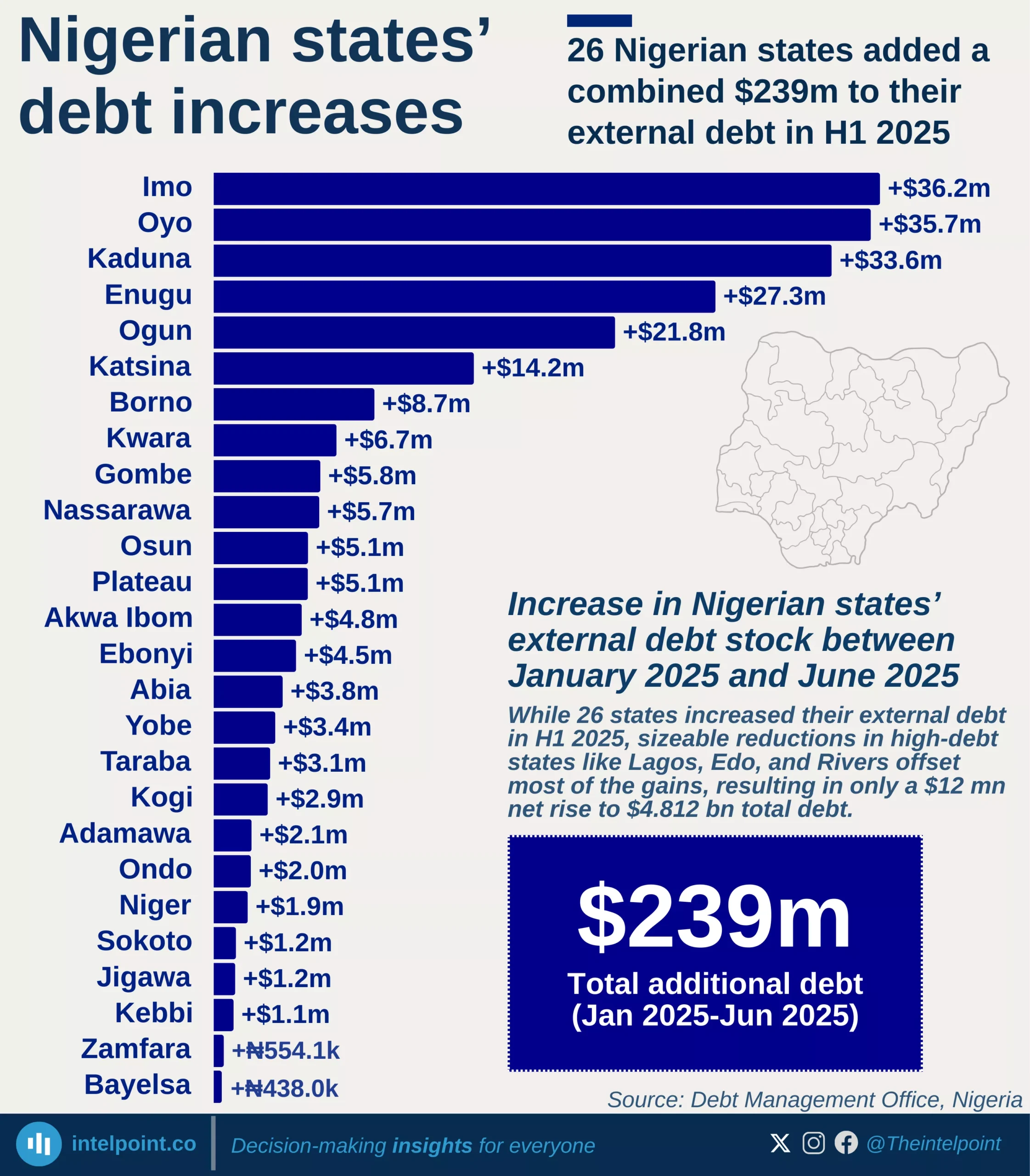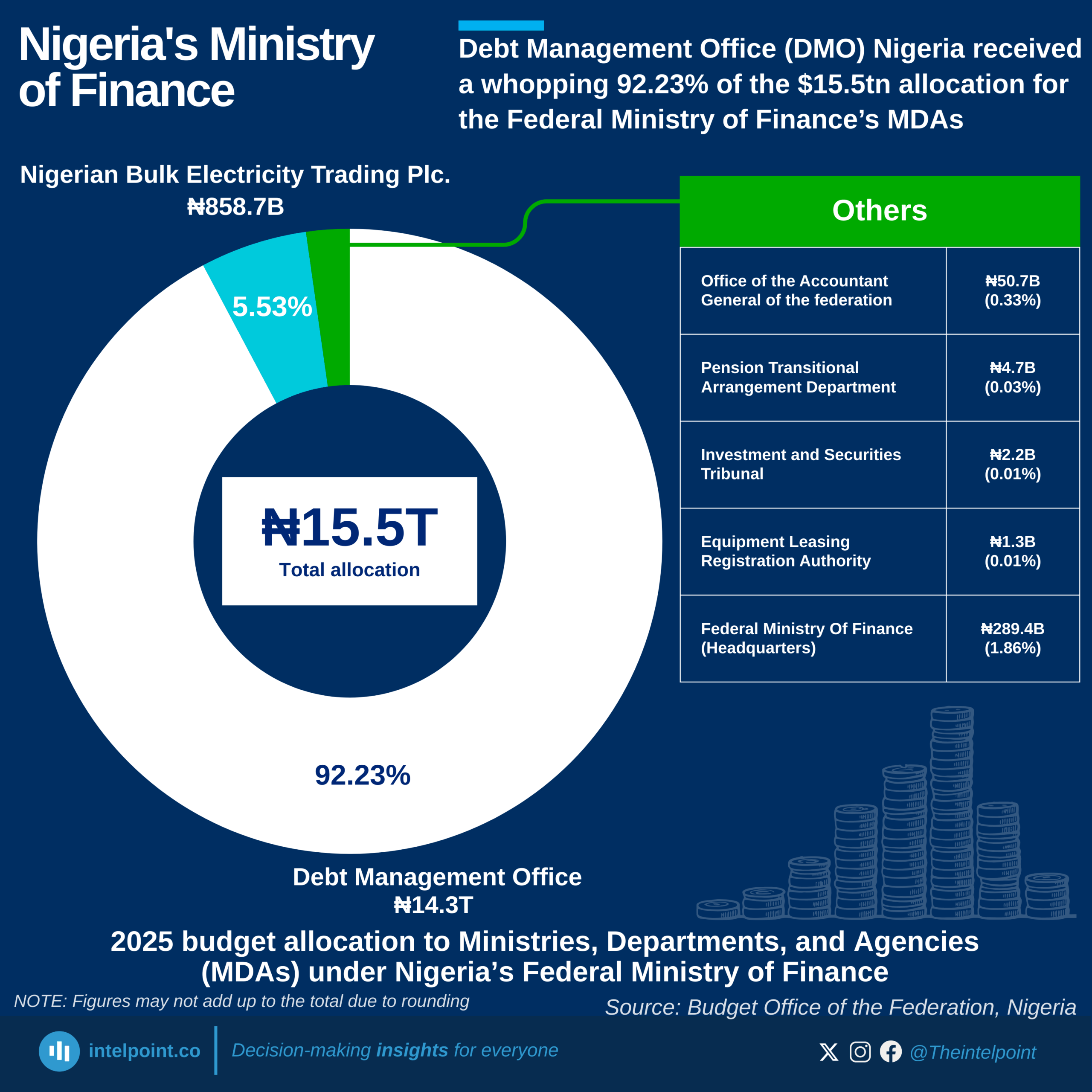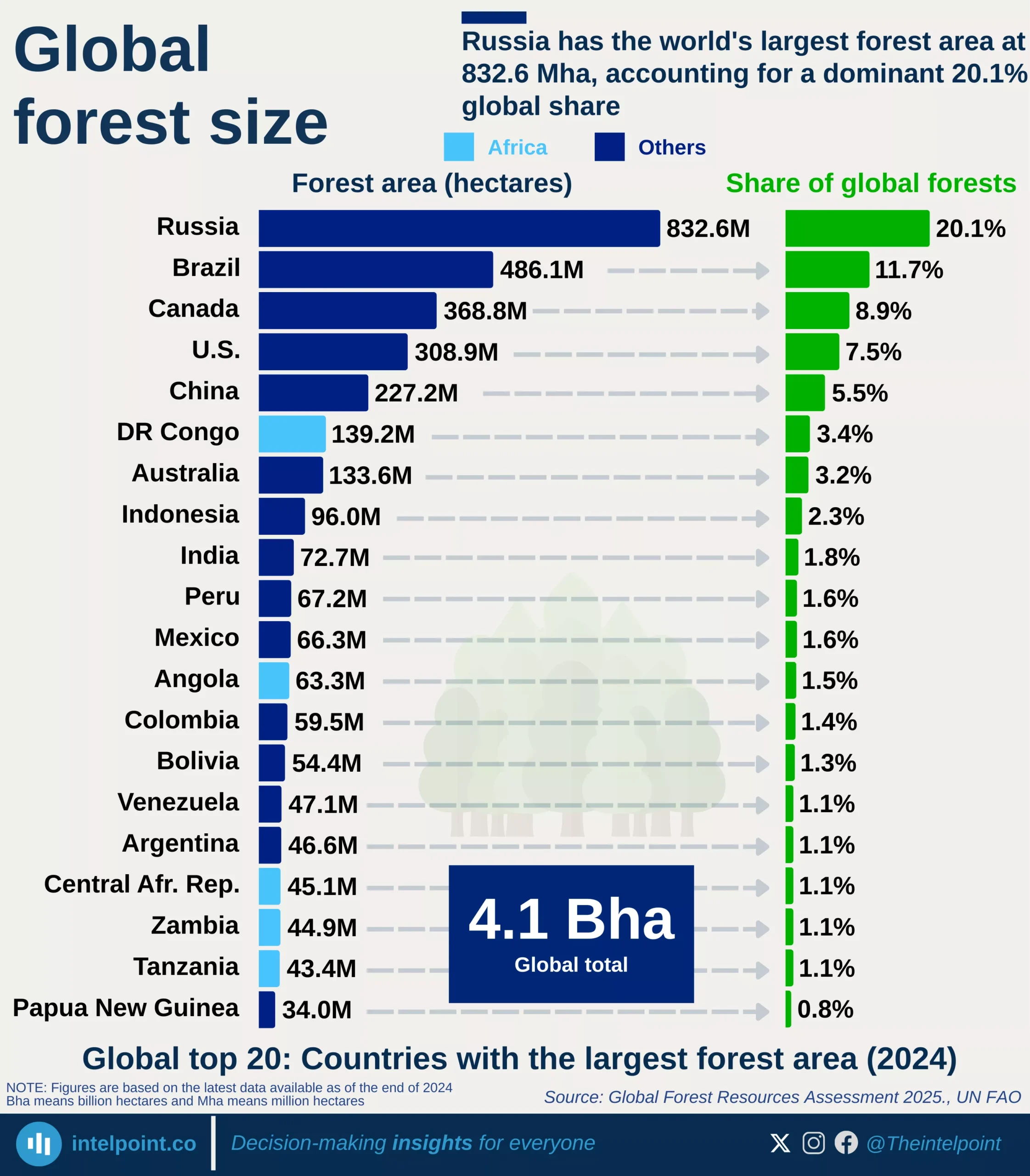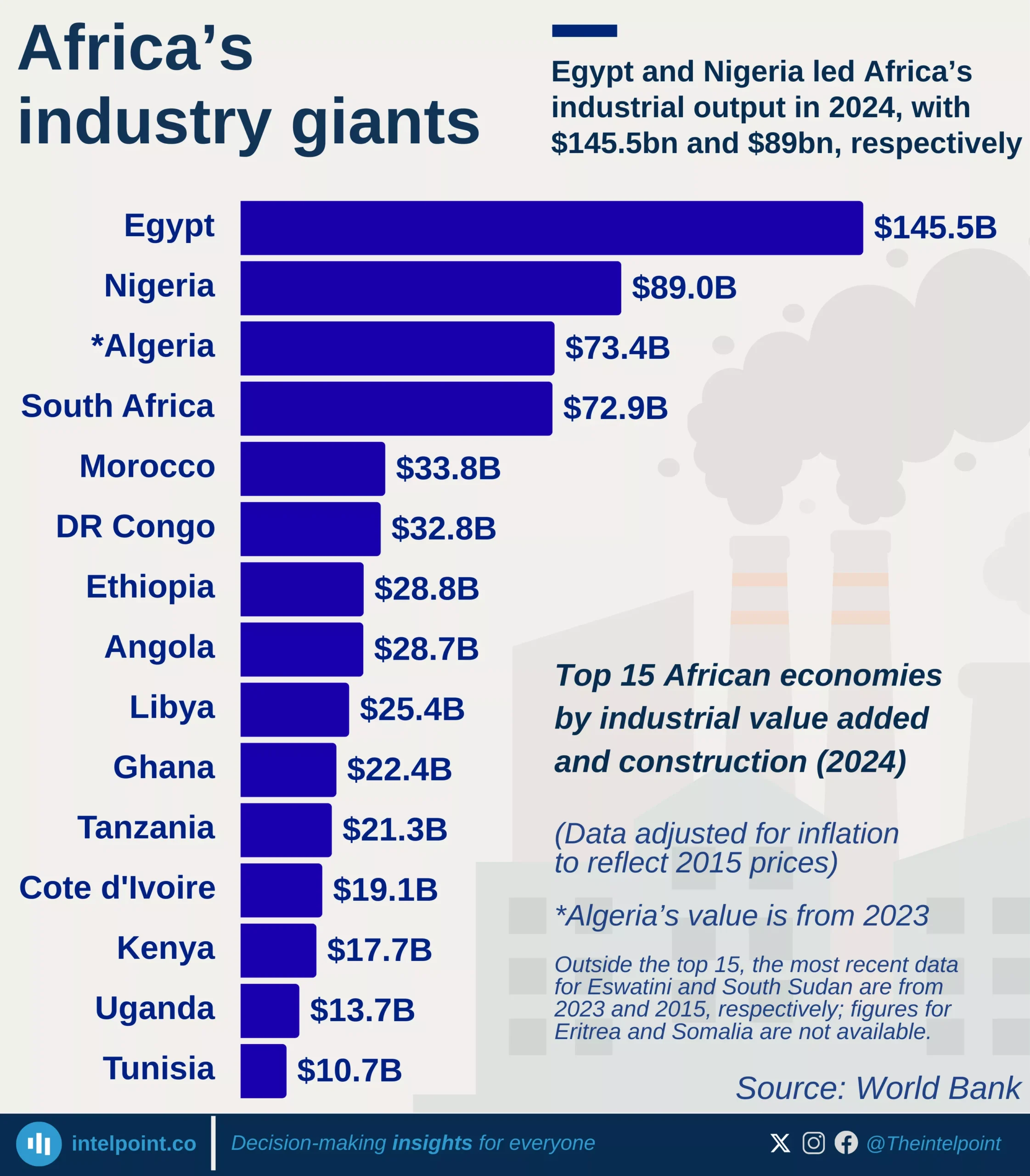As of March - April 2025, several African central banks have tightened monetary policy significantly in response to persistent inflationary pressures and currency instability. Zimbabwe leads the continent with a benchmark interest rate of 35%, followed by Ghana at 28% and Nigeria at 27.5%. These figures underscore aggressive policy stances aimed at controlling inflation and stabilising macroeconomic conditions. Notably, five of the top ten countries have rates above 25%, reflecting a broader trend of monetary tightening across key African economies.
The data reveals a sharp contrast between the top and bottom of the list. While Sierra Leone rounds out the top seven at 24.75%, there’s a steep drop to Angola at 19.5% and further down to Liberia and Gambia, both at 17%.





